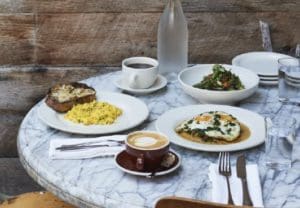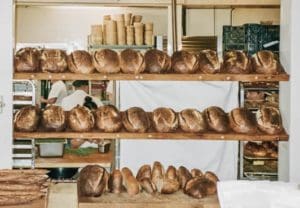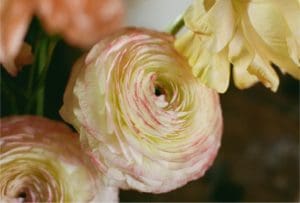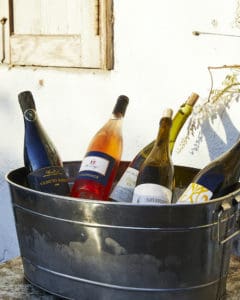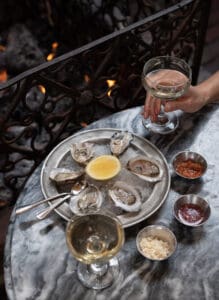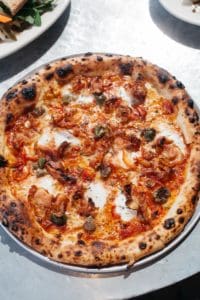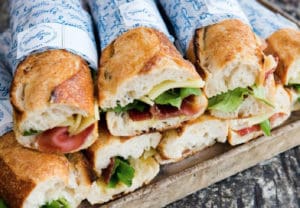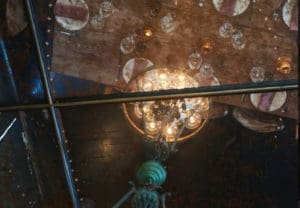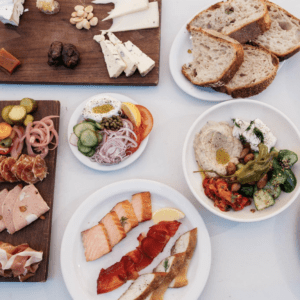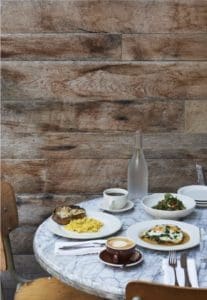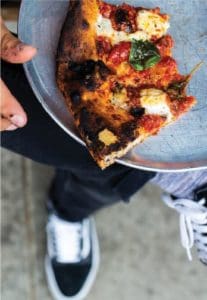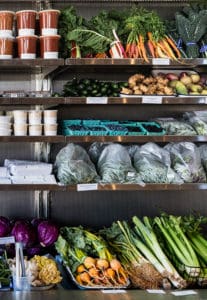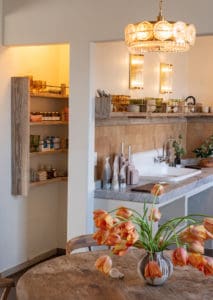
Conversations: Ernie Lee
There wouldn’t be Gjusta Goods without ceramics — many of the early ideas for our shop came after developing special shapes of mugs, bowls, and plates for pairing with specific dishes on the Gjusta menu. And behind the creation of each piece in the Gjusta Goods collection is Ernie Lee at LA Clay Company, who works alongside a small team in East Los Angeles to create every object by hand.
To learn more about Ernie’s inspirations, process, and ethos we visited him at his studio for a conversation on studio rituals; the freedom that comes from play; and his favorite ceramics for daily use.
All photos by Justin Chung
Can you share your story with us? What is your background and how did it shape where you are today?
My personal journey is that of a military kid who moved a lot in my youth. The nomadic lifestyle afforded me the opportunity to meet so many people from so many places. This was a gift. What I came to understand is how influential a community is on a person’s understanding of their own self. I was always the new kid and was never quite sure how to fit in, but from those experiences I quickly learned that everyone wanted to feel like a part of somewhere or something. This lesson is something I employ in our work environment daily; inclusion is what makes our studio such a great place to be.
Describe your earliest memory working with clay.
In 1991 I was introduced to a beginning hand-building ceramics class at Iowa State University. That studio became my zen place: I found myself spending every unscheduled hour of my day there. Observing and exploring the material along with knowing absolutely nothing about the ‘rules’ or history of ceramics gave me the freedom to just play. I never had any intention to control the clay, I was just so fascinated by how responsive and permanently it captured and recorded every touch.

What inspires you to create functional ceramics? What is your relationship with clay as a material?
The inspiration for our handmade everyday use ceramic line comes from the daily interaction with the work. They are simple forms that allow the food we eat to have a unique canvas to be presented upon. These sometimes irregular-shaped and glazed pieces are our interpretation of a long fascinating ceramic history. Their individuality has a balance between common functional shapes and expression of the maker’s hands — that expression is our inspiration.
How do you embrace patience and experimentation in both your life and your work?
Patience is mandatory when working with clay. It needs time. It needs to sit. It will let you know if you’re moving too quickly and failure is usually the result when you rush. This has been a valuable lesson that I’ve been able to apply to almost everything I do. The traditional process of hand-making functional wares will always take more time than seems reasonable. But everything that takes time seems to be worth more in the long run.
In your work with Gjusta Goods many of the shapes of the pieces were designed for specific dishes or intentions in the restaurant – do you have any favorite shapes or pieces you find yourself using often?
My absolute go-to at home is the pasta bowl. It’s the plate/bowl I put almost most everything in. The scale of it fits my hands so well and I love how easily they nest in the cupboard.
When you hit a creative rut, where or whom do you look for inspiration?
I’m always looking…taking snapshots of old plates and bowls from long ago. Looking at how things were made in primitive environments, and exploring and employing low tech processes are the things that keep me interested. I’m really drawn to the simplest shapes that are well executed. There is something about a simply everyday handmade object that is so satisfying to use.
I’ve had the privilege of working with lots of historically well-known contemporary ceramic artists, and many of them are on my list of favorites. But I would say that the first time I saw Jackson Pollocks’ drip paintings is when I began to appreciate the valued balance of randomness and intention. Clay is fantastic at capturing the energy of the moment.
Do you have any studio rituals or practices for cultivating creativity?
Besides coffee – lots of coffee and music – we all have come up with a harmonious and fantastic routine for our production shop. Every morning we have a team meeting going over what the plan is for the day. This helps us all check-in and stay focused on where we are as a group and the workload. Currently, there are 8 of us making work and managing the process. Everyone on our team is skilled in preparing the clay, trimming the work, loading the kilns, glazing the pieces, and counting the finished ware. We are always busy. Each person at the studio has come up with their own individual way of getting the work to the specs we desire and I love and embrace letting everyone figure out their way to get our pieces to the finish line.
Subscribe To Our Newsletter
Receive updates on new menu items, recipes, stories, and updates from the Gjelina Group.
